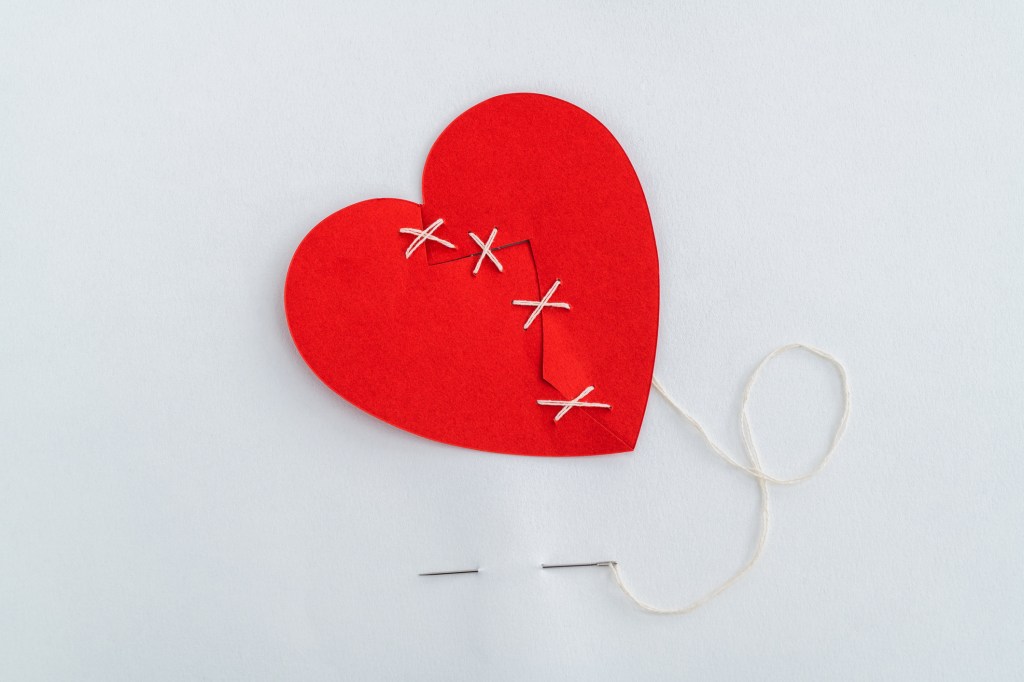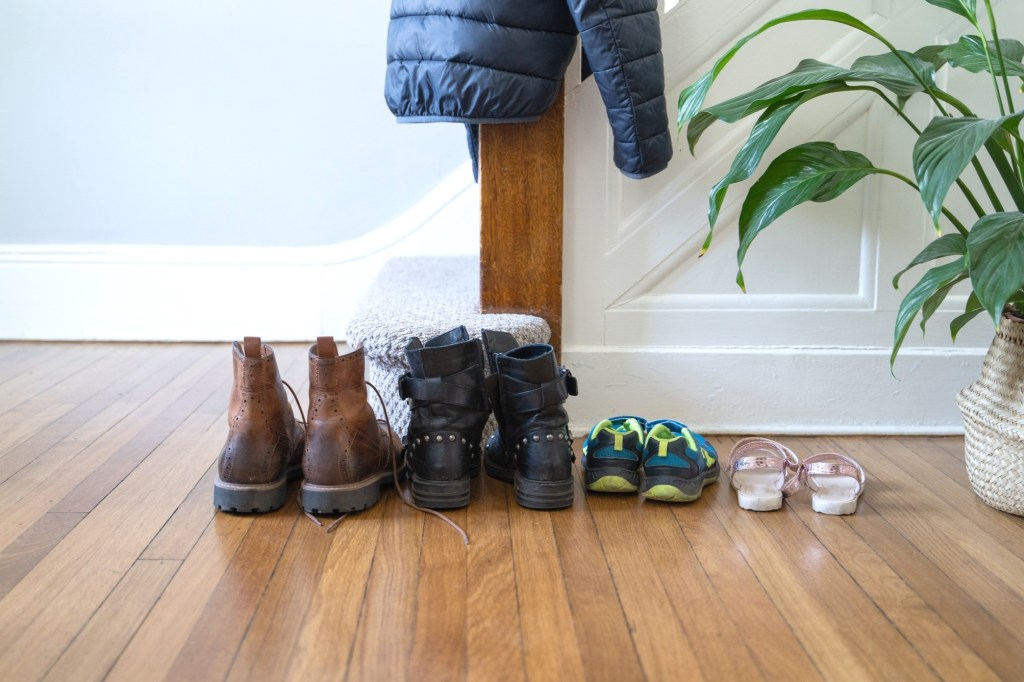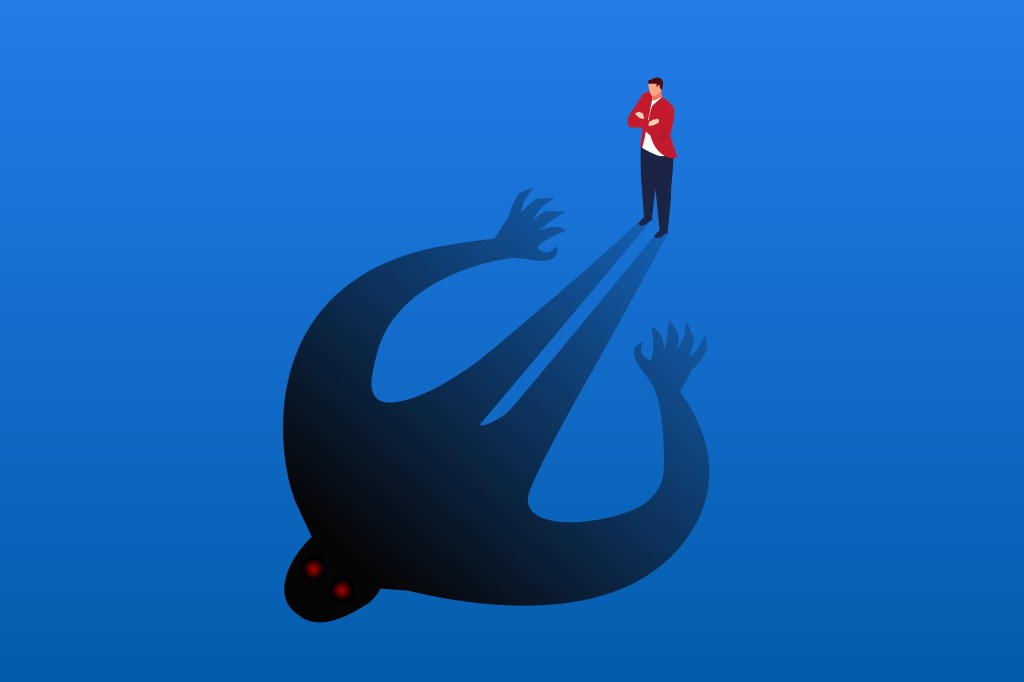Love Can Help Heal a Damaged Heart, New Review Suggests
In some instances, a deep emotional loss — like the death of a loved one — can result in a temporary condition called broken heart syndrome. Now, there’s more evidence to suggest that the opposite may also be true: Strong and supportive relationships can help improve heart health for people with cardiovascular disease.
Love Can Help Heal a Damaged Heart, New Review Suggests Continue Reading »









